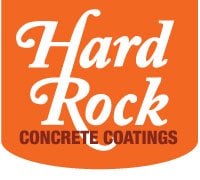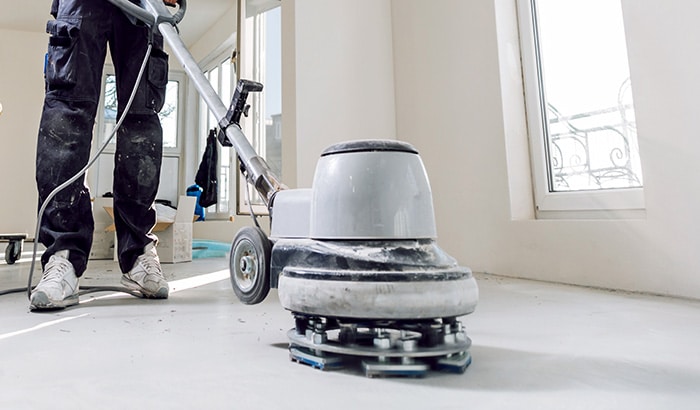If you have a concrete coating that wasn’t done correctly or that you don’t like anymore you may be wondering how to remove it.
Fortunately, you’ve got some options.
Why Would You Remove Concrete Coating?
When a concrete coating’s bond to the substrate, the layer underneath the concrete, has been broken or weakened, it can result in the coating becoming discolored or foggy. If the bonds have been broken completely, the concrete coating will no longer provide a protective layer for the concrete.
Which Removal Method is Right for You?
The most effective removal method for your situation depends on what kind of concrete coating you have. There are four distinctly different types of coatings, these include:
- Caps- this includes overlays, polymer-modified cement, and trowel-down epoxies.
- Coverings- including carpet glue and tile thinset.
- Synergistic coatings- including acid stains, densifiers, dyes, curing agents, admixtures, and chemical, petroleum, and organic stains.
- Topical coatings- this includes paint, epoxy, sealers, waxes, urethanes, polyaspartics, and elastomeric/ waterproof membranes.
How to Remove a Concrete Coating
If your concrete coating has become discolored or if you’re just ready for a change, you can remove it in a variety of ways. The first is mechanical methods, these include:
- Sandblasting- a sandblaster is a high-pressure air-powered gun that blasts sand at a high velocity against whatever surface you are trying to strip.
- Bead blasting- bead blasting is similar to sandblasting in that a bead blaster hits a surface with glass beads at a high velocity. The Biggest difference between sandblasting and bead blasting is that bead blasting creates more of a smooth, satiny finish.
- Diamond grinding- a diamond grinder is a collection of closely grouped diamond saw blades.
- Sanding- this is the process of using an electric sander to grind away any irregularities in a surface.
The benefit of using a mechanical removal method is that the grinding process can help to smooth any irregularities in the concrete below.
When using a mechanical removal method it is vital to take steps to control any dust that comes up so you are not exposed to too much silica. It is advised to wet grind, use a respirator, vacuums and HEPA filters in order to keep yourself safe.
If a mechanical removal method isn’t for you, try a chemical removal method. Chemical strippers break all bonds between the coating and the substrate, making the coating easy to scrub away. You can find these solvents at any hardware store, and they are much less labor-intensive than their mechanical counterparts.
When using a chemical removal method it’s important to properly ventilate your workspace, wear hand and eye protection, and dispose of extra solvent properly.
With any of these removal methods, it is important to make sure you don’t damage the concrete underneath, as that damage could show through a new coating.
Contact Hard Rock Concrete Coatings
Get your concrete coating done right the first time, contact the experts at Hard Rock Concrete Coatings. We specialize in coatings, as well as acid stains, concrete repair, replacement, and construction, so we are prepared to meet your needs whatever they may be. Contact us today to get your free quote, we serve Salt Lake County, Utah.




